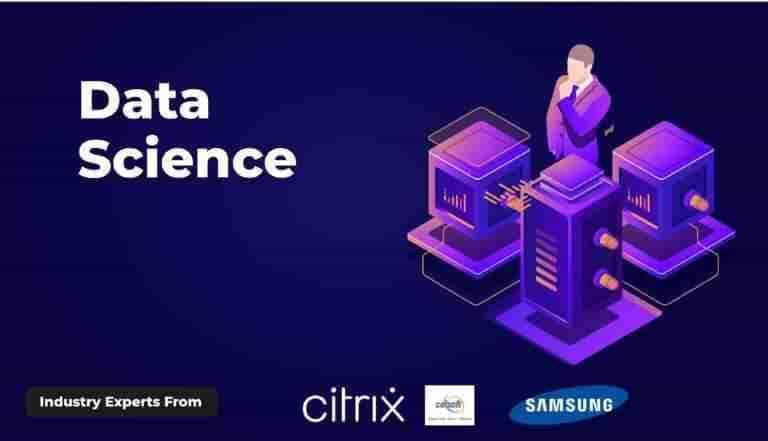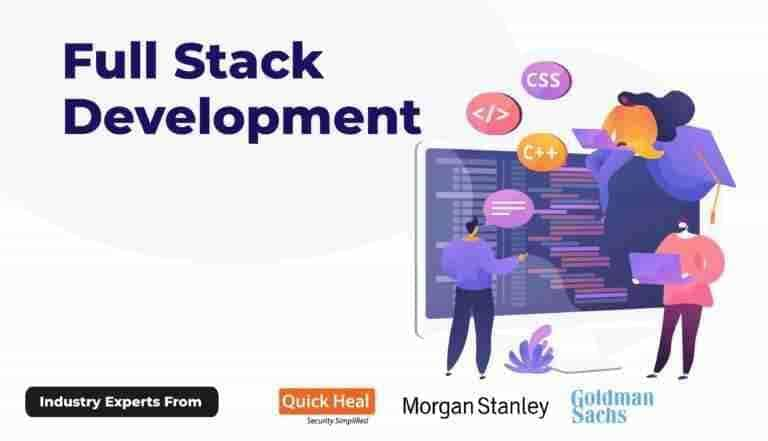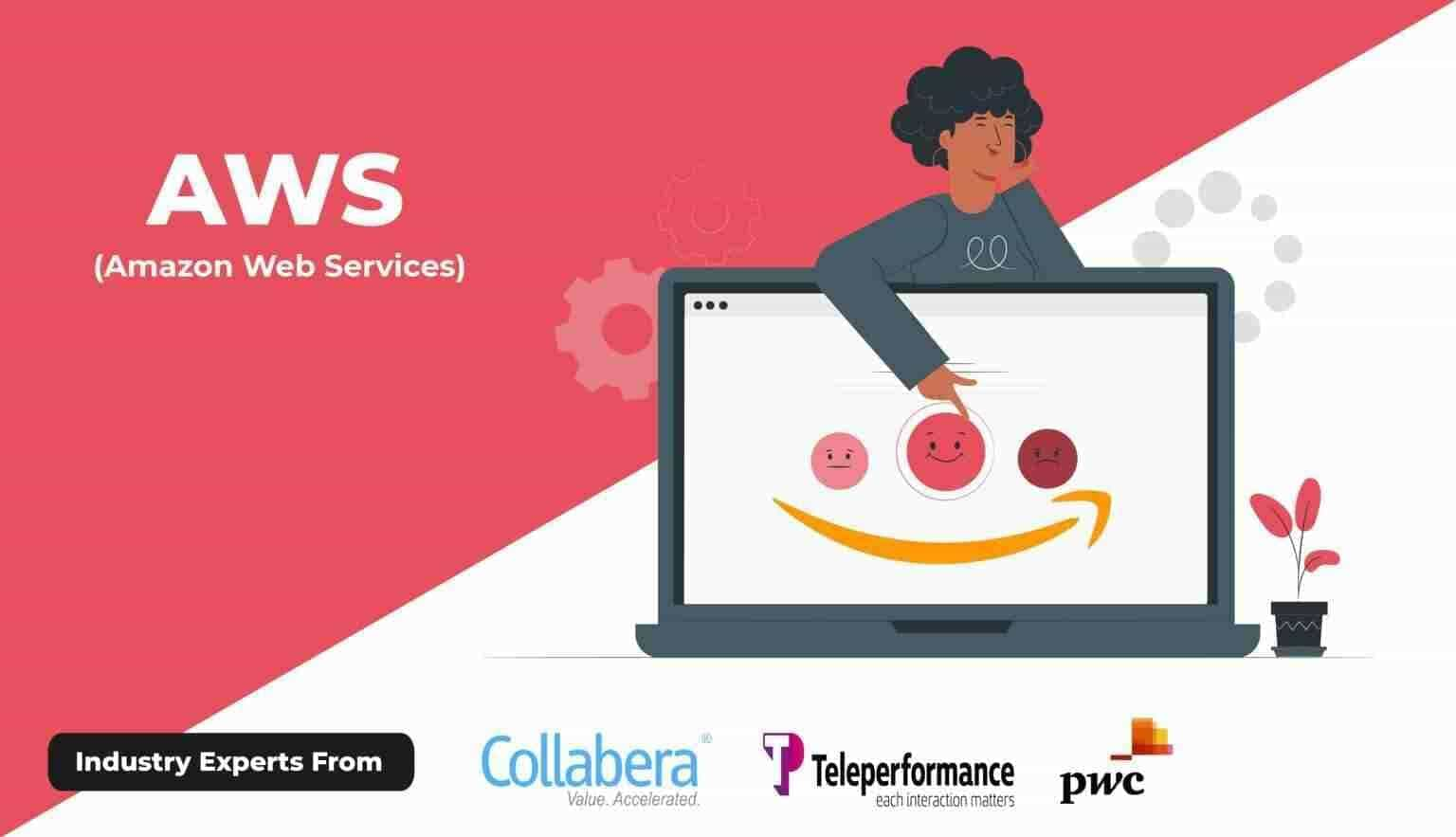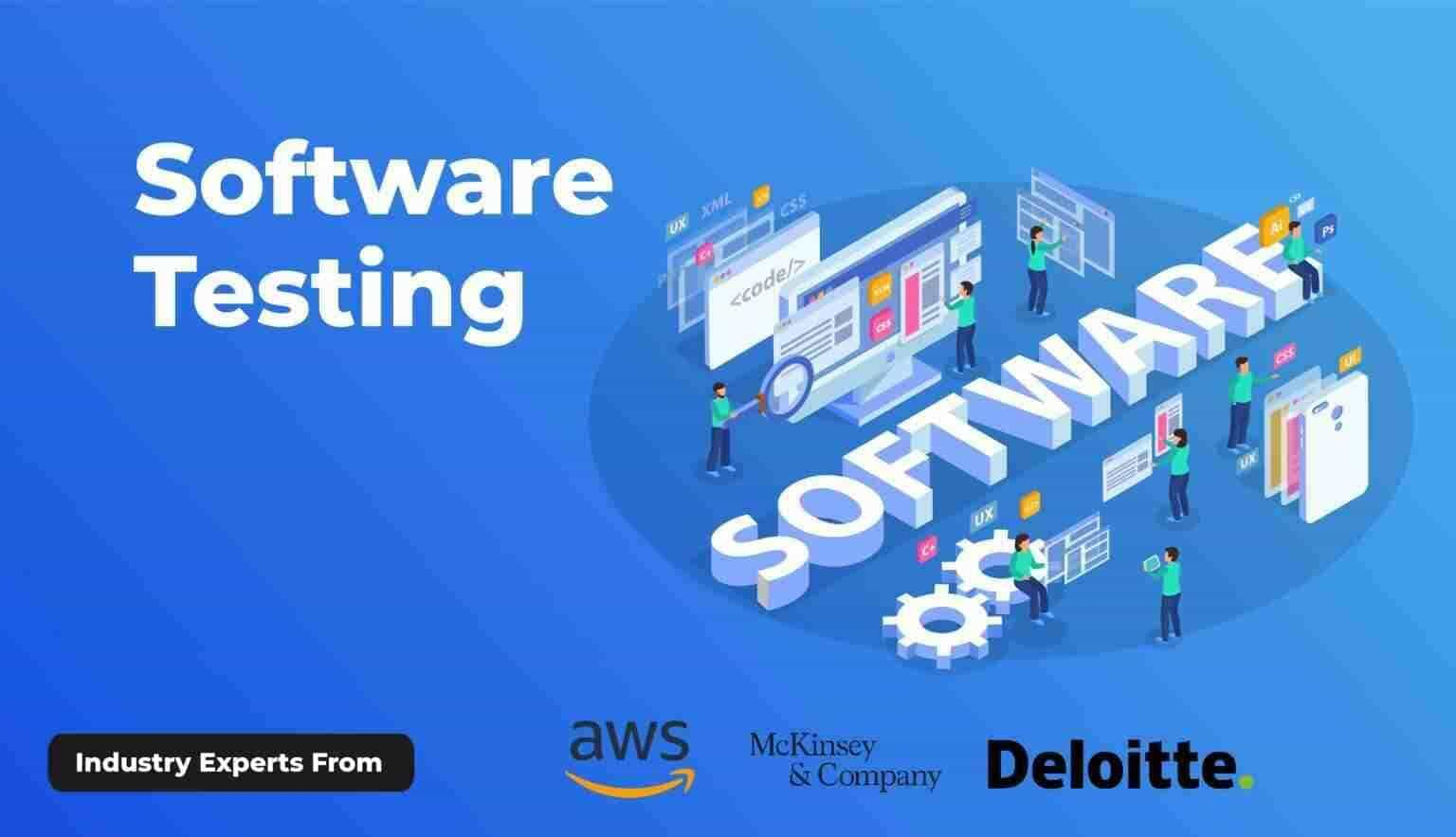AI: Future, Advantages, and Disadvantages Explained
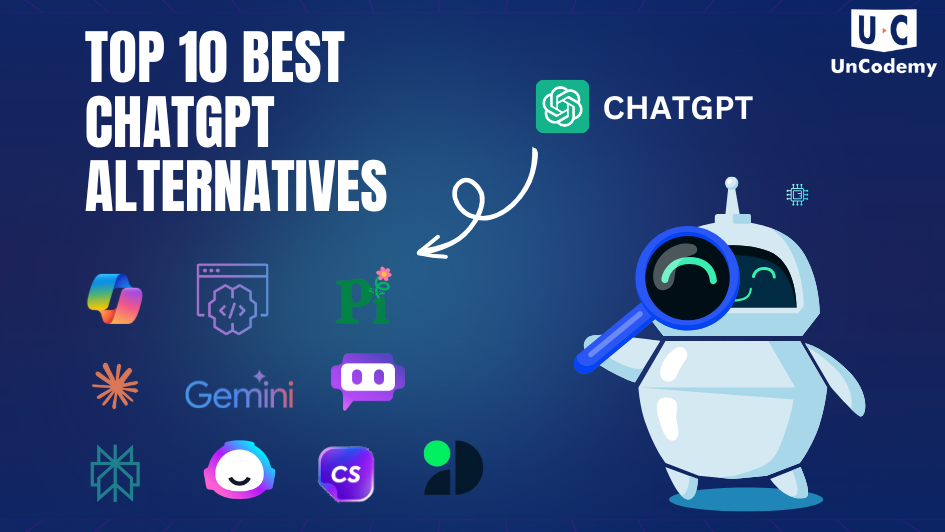
- AI
- Artificial Intelligence
- Future of AI
Artificial Intelligence (AI) in education refers to the integration of advanced computer systems and technologies designed to mimic human intelligence, enabling more efficient, personalized, and interactive learning experiences. AI encompasses a range of technologies, including machine learning, which allows systems to learn and improve over time; natural language processing, which helps computers understand and respond to human language; and robotics or virtual assistants, which can simulate human interaction to support learning.
One of AI’s key roles in education is to personalize learning. Traditional classrooms often adopt a “one-size-fits-all” approach, but AI can analyze students’ learning habits, strengths, and weaknesses to tailor lessons and materials to their individual needs. For example, AI-powered platforms can adjust the difficulty of exercises, recommend resources, or provide feedback based on how quickly or effectively a student grasps concepts. This helps slow learners receive additional support while allowing advanced learners to progress at their own pace, creating a balanced and inclusive learning environment.
AI also enhances teaching by automating time-consuming administrative tasks. Activities like grading assignments, checking attendance, and generating progress reports can be handled by AI tools, saving educators countless hours. With this extra time, teachers can focus on meaningful interactions, innovative teaching strategies, and addressing specific challenges students face. AI systems can provide valuable data-driven insights by analyzing trends in student performance, identifying areas where they are struggling, and predicting future outcomes. These insights help educators make informed decisions and provide timely interventions.
Furthermore, AI introduces innovative tools to make learning more engaging and accessible. For instance, intelligent chatbots can provide instant answers to student queries, virtual tutors can assist with lessons outside the classroom, and immersive technologies like AI-powered simulations or virtual reality (VR) can bring complex subjects to life. These tools make learning more dynamic and appealing, especially for digital-savvy learners.
Beyond students and teachers, AI in education also promotes greater accessibility. For students with disabilities or those in remote areas, AI tools such as speech-to-text software, translation services, and online learning platforms ensure that quality education is available regardless of geographical or personal challenges.
In conclusion, AI in education holds the potential to transform the traditional learning model by personalizing education, supporting teachers, and improving student engagement. As the technology continues to evolve, it can pave the way for smarter, more inclusive, and more effective education systems, preparing students for the future with greater confidence and skills.
Advantages of Artificial Intelligence in Education
Artificial Intelligence (AI) is transforming the education system by making learning smarter, more efficient, and accessible for all. Below is a detailed explanation of the key advantages, with some additional points included:
Personalized Learning
AI helps each student learn at their own speed and in a way that suits them best. It analyzes individual learning habits, strengths, and areas where students struggle. Based on this, AI tools create customized lessons, quizzes, and practice exercises.
- Example:A student struggling with math concepts can receive extra practice problems, while an advanced learner can move on to more challenging tasks.
- Benefit:This tailored approach ensures no student is left behind and encourages them to perform at their best.
Interactive and Immersive Learning
AI brings learning to life by making it more engaging and practical. Tools like Virtual Reality (VR) and Augmented Reality (AR) simulate real-world situations or concepts that are hard to explain with traditional methods.
- Example: Instead of reading about planets, students can take a VR tour of the solar system. Science students can conduct virtual experiments in a lab.
- Benefit: This hands-on, visual approach makes learning fun, improves understanding, and keeps students interested in complex topics.
Better Student Engagement and Motivation
AI can boost student motivation by making learning more enjoyable and interactive. Gamification tools use rewards, badges, challenges, and leaderboards to encourage participation. AI platforms also provide instant feedback to keep students on track.
- Example: Students earn points for completing tasks, and a leaderboard shows progress. Instant suggestions help correct mistakes quickly.
- Benefit: Students feel excited and motivated to learn, leading to better results and active participation.
Saves Time and Reduces Costs
AI can automate repetitive tasks like grading exams, taking attendance, managing records, and scheduling classes. It also provides cost-effective learning platforms that can teach thousands of students at once.
- Example: AI tools can grade multiple-choice tests in seconds, saving teachers hours of work. Online AI platforms offer courses at a lower cost compared to physical classrooms.
- Benefit: Teachers have more time to focus on teaching, while students from all financial backgrounds can access quality education at a lower cost.
Intelligent Tutoring Systems
AI works like a personal tutor that is available 24/7. Intelligent tutoring systems (ITS) analyze a student’s progress, identify knowledge gaps, and suggest resources or activities to help them improve.
- Example: If a student finds a specific chapter in science difficult, the AI system can recommend videos, readings, or practice quizzes to strengthen their understanding.
- Benefit: Students receive targeted support whenever needed, ensuring they overcome challenges and build confidence in learning.
Continuous Evaluation and Real-Time Feedback
AI provides ongoing assessments to monitor how well students are learning. By analyzing data, AI tools highlight areas for improvement and track progress over time.
- Example: AI platforms can generate personalized progress reports for both students and teachers, showing strengths and weaknesses in each subject.
- Benefit: Teachers can refine their teaching strategies and intervene early if a student is falling behind, ensuring better learning outcomes.
Improved Accessibility for All Students
AI makes education accessible to students who face physical, financial, or geographical challenges. It also supports learners with disabilities through specialized tools and technology.
- Example: AI-powered tools like text-to-speech software, language translators, and screen readers help students with visual impairments or language barriers.
- Benefit: Everyone, regardless of location, physical ability, or financial background, can benefit from high-quality education.
Data-Driven Insights for Teachers
AI helps teachers understand their students better by providing data-driven insights. It can analyze large amounts of data to spot trends in student performance and behavior.
- Example: AI tools might identify that most students in a class struggle with the same math concept, allowing the teacher to revisit the topic in a better way.
- Benefit: Teachers can make informed decisions, focus on specific areas that need improvement, and create more effective lesson plans.
Support for Teachers and Reduced Workload
AI assists teachers by handling time-consuming tasks and supporting them with tools for lesson planning and content creation. It can even recommend teaching materials based on the curriculum.
- Example: AI platforms can create quizzes, presentations, or study plans based on the topics the teacher wants to cover.
- Benefit: Teachers can focus more on engaging with students and less on routine tasks, improving their overall productivity and job satisfaction.
Improved Collaboration and Communication
AI fosters collaboration by connecting students, teachers, and parents on smart platforms. These platforms make it easy to share updates, progress reports, and learning materials.
- Example: Parents can track their child’s performance through an AI-driven portal, while students can collaborate on group projects online.
- Benefit: This enhances communication, encourages teamwork, and keeps everyone involved in the learning process informed.
Lifelong Learning and Skill Development
AI supports lifelong learning by providing tools and platforms for continuous education and skill development. Adults and professionals can access AI-based courses to upgrade their skills.
- Example: Platforms like Coursera or Udemy use AI to recommend courses that match a learner’s career goals or interests.
- Benefit: People of all ages can learn new skills at their convenience, ensuring continuous personal and professional growth.
Smarter Curriculum Design
AI helps institutions design better curriculums that meet the needs of modern learners. By analyzing data and industry trends, AI ensures that education remains relevant to real-world demands.
- Example: AI tools can suggest adding coding or digital skills to school curriculums as these skills are increasingly in demand.
- Benefit: Students are better prepared for future job markets and real-life challenges.
Early Detection of Learning Challenges
AI can detect learning difficulties or challenges like dyslexia, ADHD, or speech impairments at an early stage. It can recommend interventions and solutions to help students succeed.
- Example: An AI system analyzing a student’s writing might identify signs of dyslexia and alert the teacher to provide tailored support.
- Benefit: Early detection ensures students get the help they need to overcome learning obstacles.
Efficient Resource Management
Schools and institutions can use AI to manage resources efficiently, such as classrooms, teaching materials, and finances.
- Example: AI can help schools schedule classes, allocate teachers, and even manage energy use in buildings.
- Benefit: This saves money and resources, allowing schools to focus on providing better education.
Prompts in AI Model Development
Prompts play a crucial role in AI model development, especially in natural language processing (NLP) models like GPT. They act as instructions or input that guide the AI to produce desired outputs. The use of well-crafted prompts enhances the overall performance, flexibility, and usability of AI systems. Here are the key advantages of using prompts in AI model development:
1. Improved Control Over Outputs
Prompts allow developers to guide the behavior of an AI model by providing clear instructions or context. A well-designed prompt can produce specific, accurate, and relevant outputs that align with user requirements. For example, adding details like “Explain this in simple language” or “Provide step-by-step instructions” ensures the AI delivers results tailored to the task.
2. Faster Iteration and Testing
Prompts enable developers to test and refine an AI model quickly. Instead of retraining the model for every new task, prompts can be adjusted or reworded to achieve better responses. This saves significant time and computational resources, speeding up the development cycle.
3. Versatility and Adaptability
Prompts make AI models highly versatile, as they allow one model to perform multiple tasks without additional training. For instance, a single NLP model can write essays, summarize content, answer questions, or generate code simply by changing the input prompts. This adaptability makes AI systems more practical and cost-effective.
4. Reduction of Training Costs
Crafting prompts eliminates the need to retrain or fine-tune models repeatedly for minor changes in tasks. Instead, developers can use well-structured prompts to guide the model to new use cases. This reduces the overall cost and resources associated with training large-scale AI systems.
5. Enhanced Customization
Prompts allow for dynamic customization. Users or developers can modify prompts in real-time to meet different objectives. For example, adding context like “Explain this for a beginner” or “Use a formal tone” helps tailor the output to the intended audience and purpose.
6. Efficient Task Automation
Prompts make it easier to automate repetitive or complex tasks by instructing the AI to perform specific actions. For instance, businesses can use prompt-based systems to automate customer support responses, content generation, or data analysis, improving efficiency and reducing manual effort.
7. Better User Experience
Prompts enhance user experience by providing clear and meaningful outputs. Users can interact with AI systems more intuitively by simply providing instructions in natural language. This bridges the gap between complex AI systems and non-technical users, making AI accessible to a broader audience.
8. Encourages Experimentation
Using prompts enables developers and users to experiment with different phrasing, styles, and approaches to achieve desired outputs. This fosters creativity and innovation, as minor changes in prompts can unlock new use cases or refine results for better quality.
9. Supports Few-Shot and Zero-Shot Learning
Prompts are especially valuable in few-shot and zero-shot learning, where the model is asked to perform tasks with little or no prior examples. By framing the prompt effectively, developers can instruct the AI to perform tasks it was not explicitly trained for, showcasing the power of generalized learning.
10. Promotes Scalability
Prompt engineering allows AI systems to scale across industries and applications. Instead of building new models for every domain, the same AI model can be deployed with task-specific prompts. This scalability makes AI systems more flexible and widely applicable.
Disadvantages of Artificial Intelligence in Education
While Artificial Intelligence (AI) has brought significant benefits to education, it also comes with several challenges that need to be addressed. Below is an easy-to-understand explanation of the key disadvantages, along with more insights into each issue.
Data Privacy Concerns
AI systems rely heavily on collecting large amounts of personal data, such as students’ grades, learning habits, attendance, and even biometric information-like voice or facial recognition.
- Risk: If this sensitive data is not well-protected, it can lead to data breaches where personal information is exposed to hackers or unauthorized parties.
- Impact: A data breach could result in identity theft, misuse of personal information, or loss of trust in educational systems.
- Solution: Schools and AI providers need to implement strong security measures and follow data protection laws to ensure student privacy is not compromised.
Over-Dependence on Technology
Relying too much on AI tools can make schools and students overly dependent on technology.
- Risk: If the system faces a technical issue, such as a server crash or a cyber-attack, it can disrupt classes, assessments, and even daily administration.
- Impact: Students may lose out on learning when technology fails, and teachers may struggle without backup plans. Over-reliance can also hinder students’ critical thinking and problem-solving skills.
- Solution: Schools should combine AI with traditional teaching methods to ensure a balanced approach and encourage students to think independently.
Lack of Human Touch in Learning
AI can make education feel robotic and impersonal.
- Risk: Unlike human teachers, AI systems lack empathy, emotional intelligence, and the ability to understand a student’s feelings or struggles.
- Impact: Students may miss emotional support, encouragement, and mentorship—crucial elements for confidence and motivation.
- Solution: AI should complement, not replace, teachers. Human educators are essential for personal connection and emotional development.
Increased Risk of Cheating
AI tools can unintentionally make it easier for students to cheat.
- Risk: Students may misuse AI to generate answers or content that bypasses plagiarism tools.
- Impact: This results in unfair assessments and prevents genuine skill development.
- Solution: Schools must adapt evaluation methods, implement anti-cheating tools, and teach students the value of honesty.
Teacher Job Displacement
The growing use of AI in education raises concerns about reducing the need for teachers.
- Risk: AI can take over tasks like grading and tutoring, reducing teacher roles.
- Impact: Teachers may feel undervalued, and human interaction in education could diminish.
- Solution: AI should be a tool to support, not replace, teachers—who bring creativity, mentorship, and emotional intelligence to the classroom.
Unequal Access to AI Technology
AI tools and advanced technology are often expensive, which can create inequality in education.
- Risk: Students in low-income or remote areas may lack access to devices, internet, or AI tools.
- Impact: The digital divide can widen, giving unfair advantages to privileged students.
- Solution: Governments and schools should ensure AI tools are affordable and accessible for all learners.
Limited Creativity and Critical Thinking
AI can sometimes discourage creativity and independent thinking.
- Risk: Students may rely on AI for quick answers, reducing their effort in problem-solving.
- Impact: This could limit innovation and creativity—skills needed in the real world.
- Solution: Teachers should include activities that spark creativity and critical thinking while using AI as support.
Bias in AI Algorithms
AI tools are built using data, but sometimes this data can be biased.
- Risk: Biased or incomplete training data can lead to unfair AI decisions or assessments.
- Impact: Students may be misjudged or treated unfairly based on flawed data inputs.
- Solution: AI systems must be trained on diverse, quality datasets and regularly reviewed for fairness.
Loss of Traditional Teaching Methods
Overuse of AI can reduce the importance of traditional techniques like discussions and hands-on learning.
- Risk: Technology-based methods may replace valuable classroom interactions and teamwork.
- Impact: Students could miss out on developing social and collaborative skills.
- Solution: A blended approach should be used—combining AI with traditional, interactive teaching practices.
High Implementation Costs
Implementing AI systems in schools can be expensive, especially for institutions with limited budgets.
- Risk: Buying software, hardware, and training teachers may exceed budget limits.
- Impact: Some schools may fall behind due to lack of funding, creating educational inequality.
- Solution: Schools should look for budget-friendly AI tools and funding options like government support or partnerships.
Risk of Technical Errors and Miscommunication
AI systems, while advanced, are not perfect and can sometimes make mistakes.
- Risk: AI may misgrade assignments, suggest incorrect material, or misinterpret student needs.
- Impact: Errors can cause confusion, frustration, and reduce trust in AI-based systems.
- Solution: Regular monitoring and updates are essential. Teachers should review AI outputs to ensure accuracy.
How to Successfully Implement and Use AI in Education
Successfully using AI in education requires clear planning, teacher preparation, strong infrastructure, and continuous monitoring. Schools and universities should start by setting clear goals, such as improving personalized learning, automating administrative tasks, or boosting student engagement. These objectives should align with the institution’s mission to ensure AI serves a meaningful purpose.
Training teachers is essential to help them understand and integrate AI tools effectively. Regular workshops and professional development ensure that educators stay updated with the latest advancements and use AI confidently to enhance teaching without replacing the human connection.
A reliable infrastructure is crucial to support AI tools. Schools must have stable internet, compatible devices, and scalable platforms that adapt to changing needs. Proper systems will ensure smooth integration of AI-powered tools like grading software or intelligent tutoring systems.
Regular evaluation and feedback are necessary to measure AI’s impact and make improvements. Schools should collect input from teachers, students, and administrators to refine AI strategies and ensure they meet learning goals effectively.
It’s important to balance AI with human interaction, as teachers provide mentorship and emotional support that technology cannot replicate. AI should assist educators by automating repetitive tasks while allowing them to focus on personalizing student learning experiences.
Lastly, schools must address data privacy and security concerns by protecting sensitive student information and following regulations. Promoting digital literacy among students will also help them use AI responsibly and ethically.
By following these steps, educational institutions can successfully implement AI, creating a learning environment that is efficient, engaging, and supportive for all.
The Future of AI in Education
The future of artificial intelligence in education is full of opportunities, driven by technological advancements and innovative approaches to improving learning. One of the most significant areas is personalized learning. AI-powered tools, such as adaptive learning systems and intelligent tutoring platforms, can tailor learning experiences to match each student’s strengths, weaknesses, and pace. By delivering customized lessons, these tools make learning more efficient and engaging.
AI will also transform administrative tasks in schools. Automated grading systems can save teachers valuable time, especially for subjects like mathematics and coding. Tasks such as student enrollment, scheduling, and record-keeping can be streamlined using AI, allowing educators to dedicate more time to teaching and supporting their students.
In the classroom, AI will enhance student engagement through interactive and gamified educational tools. By making learning fun and dynamic, AI helps students stay motivated and better understand complex topics.
AI also holds great promise for supporting teachers and promoting accessibility in education. Tools designed for teacher development can recommend resources and training programs tailored to their specific needs, encouraging professional growth. Classroom management systems can help teachers monitor student engagement and provide insights to address learning gaps effectively. For students with special needs, AI-powered assistive technologies like speech-to-text for the hearing impaired, text-to-speech for the visually impaired, and real-time language translation services will make education more inclusive and accessible to all learners.
However, as AI continues to evolve, it is essential to address ethical challenges. Ensuring AI systems are unbiased and provide fair opportunities to every student will be critical for creating an equitable learning environment.
Conclusion
The future of artificial intelligence in education is highly promising, with the power to revolutionize how learning and teaching take place in higher education and beyond. AI can enhance the educational experience by personalizing learning, streamlining administrative tasks, and promoting accessibility for all students. By improving the accuracy, efficiency, and speed of educational processes, AI reduces human error and allows teachers and institutions to focus on what matters most—supporting student success.
However, to fully realize the benefits of AI, it is crucial to address ethical and practical challenges. Ensuring AI systems are fair, transparent, and accountable, while maintaining human oversight, will build trust and ensure equitable outcomes for everyone in the educational ecosystem. With careful implementation and responsible development, AI has the potential to create an inclusive, efficient, and innovative future for education.
FAQs
What is an example of AI in personalized learning?
AI in personalized learning uses advanced technology to customize educational experiences based on each student’s unique needs, pace, and learning style. For example, adaptive learning platforms use AI algorithms to analyze student performance and behavior, adjusting the difficulty of lessons and providing real-time feedback. If a student struggles with a specific concept, the system offers extra support and resources, while advanced learners are presented with more challenging tasks to keep them engaged.
Can AI replace teachers?
AI can be a valuable tool to assist teachers, but it cannot replace them. While AI can automate tasks like grading, generate personalized lessons, and provide additional support, it lacks the human qualities teachers bring to the classroom. Educators play a critical role in developing students’ emotional intelligence, critical thinking, and social skills. Teachers offer mentorship, empathy, and guidance, which are essential for holistic learning and cannot be replicated by AI.
Can AI understand human emotions?
AI systems are advancing in recognizing and interpreting human emotions using tools like sentiment analysis, facial recognition, and voice tone detection. However, while AI can detect emotional cues, it does not truly “understand” emotions in the way humans do. Emotional intelligence involves empathy, context, and deep understanding, which AI currently cannot achieve on a human level.
Is AI good or bad for education?
AI can greatly benefit education by offering personalized learning, automating administrative tasks, and improving accessibility for students with special needs. Tools like adaptive assessments and AI-driven resources can enhance engagement and learning outcomes. However, challenges exist, such as data privacy concerns, bias in algorithms, and over-reliance on technology, which may reduce face-to-face interaction with teachers. The key lies in using AI responsibly to complement, not replace, traditional teaching methods.
Which countries are using AI in education?
Countries like the United States, Canada, India, China, Singapore, South Korea, Finland, and the United Kingdom are actively integrating AI into education. These nations use AI for personalized learning, administrative efficiency, and improving educational outcomes. AI tools are helping to enhance teaching methods, monitor student progress, and create innovative, technology-driven learning environments.
How can AI help students with disabilities?
AI makes education more inclusive by providing assistive technologies that support students with disabilities. Tools like speech-to-text for hearing-impaired students, text-to-speech for visually impaired learners, and real-time translation services allow students to access learning materials in ways tailored to their needs. AI can also provide customized content for students with learning challenges, helping them progress at their own pace.
What are the risks of using AI in education?
While AI offers many benefits, it also poses risks such as data privacy concerns, where sensitive student information could be misused if not properly protected. Additionally, AI systems may unintentionally introduce biases in grading or resource recommendations. Over-dependence on AI can also reduce human interaction and emotional connections, which are critical to a well-rounded education.
How does AI support teachers in the classroom?
AI assists teachers by reducing workload and providing valuable insights. For instance, AI can automate time-consuming tasks like grading assignments, analyzing student performance data, and managing administrative processes. Teachers can use these insights to focus on individual students’ needs, plan better lessons, and spend more time on face-to-face interaction and mentorship. AI enhances teaching without replacing the human connection educators provide.
















